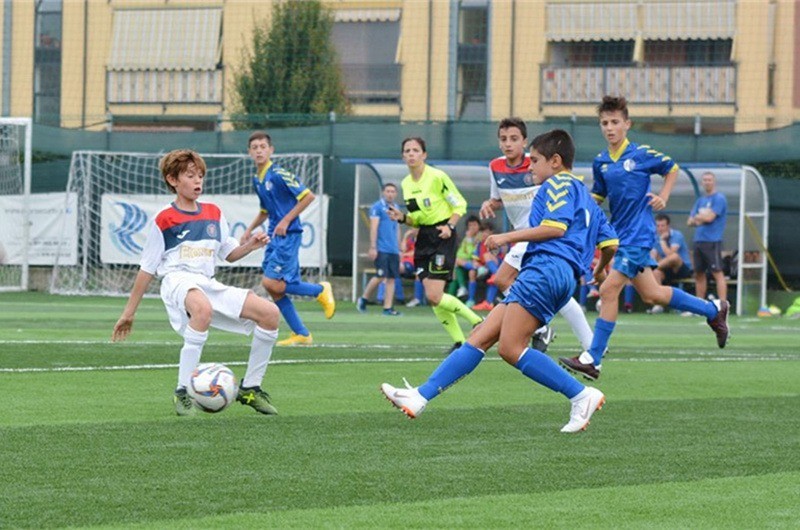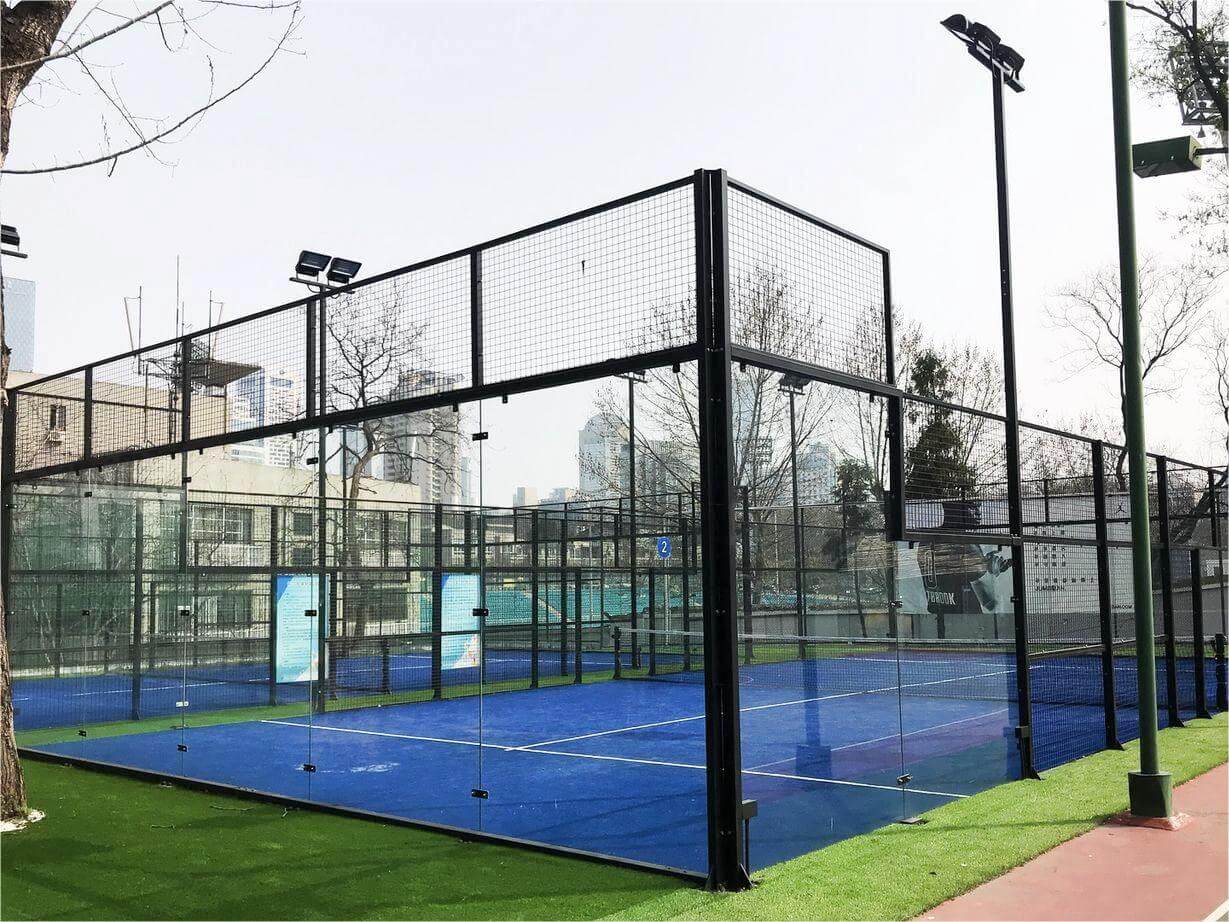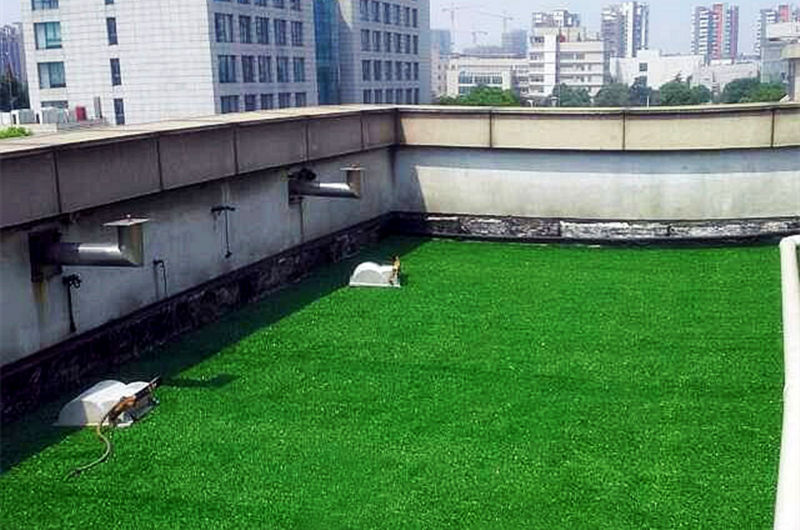Artificial grass is not limited to traditional landscapes and sports fields; it has found its way onto rooftops, transforming them into vibrant and functional living spaces. In this article, we will explore the benefits of using artificial grass on rooftops, highlighting its ability to create viable and environmentally-friendly landscapes.
Transforming Rooftop Living Space
Utilizing Previously Wasted Space:
Traditionally, rooftops were viewed as purely functional components of a building, primarily serving the purpose of weather protection. However, with the introduction of artificial grass, rooftops can be transformed into inviting spaces for socializing, recreational activities, or simply unwinding amidst the healing ambiance associated with green spaces. This repurposing of rooftops contributes to creating more livable and vibrant urban areas through sustainable design.Cost-saving and Environmentally-friendly Solution:
Artificial grass on rooftops not only adds aesthetic appeal but also provides a practical solution that helps reduce maintenance costs. By eliminating the need for traditional landscaping, which requires frequent watering, fertilization, and mowing, artificial grass offers a low-maintenance alternative. Additionally, it serves as an environmentally-friendly choice, as it does not require harmful chemicals or excessive water usage.
Reduced Rooftop Maintenance
Efficient Drainage and Protection:
Synthetic grass is specifically designed to be permeable, allowing efficient water drainage. This eliminates the risk of standing water, which can cause damage to rooftops. Furthermore, artificial grass acts as a protective layer, shielding the roof from prolonged exposure to direct sunlight that can degrade roofing materials over time. With artificial grass, you can save both time and money on roof repairs and enjoy the rooftop space worry-free.Versatile Applications:
Whether your rooftop is flat or slightly sloped, artificial grass can be easily installed to maximize its potential. It provides a seamless and visually appealing surface that can be utilized for various activities such as lounging areas, rooftop gardens, or even miniature golf courses. The versatility of artificial grass allows you to create a customized rooftop oasis tailored to your preferences.
Conclusion
Artificial grass offers a multitude of benefits for transforming rooftops into functional and sustainable living spaces. By embracing this innovative solution, building owners can optimize previously wasted areas, enhance the aesthetic appeal of their rooftops, and reduce maintenance costs. Moreover, artificial grass contributes to a greener environment by eliminating the need for excessive water usage and harmful chemicals. Let us reimagine our rooftops and unlock their potential by incorporating artificial grass, creating inviting and eco-friendly urban spaces for all to enjoy.





